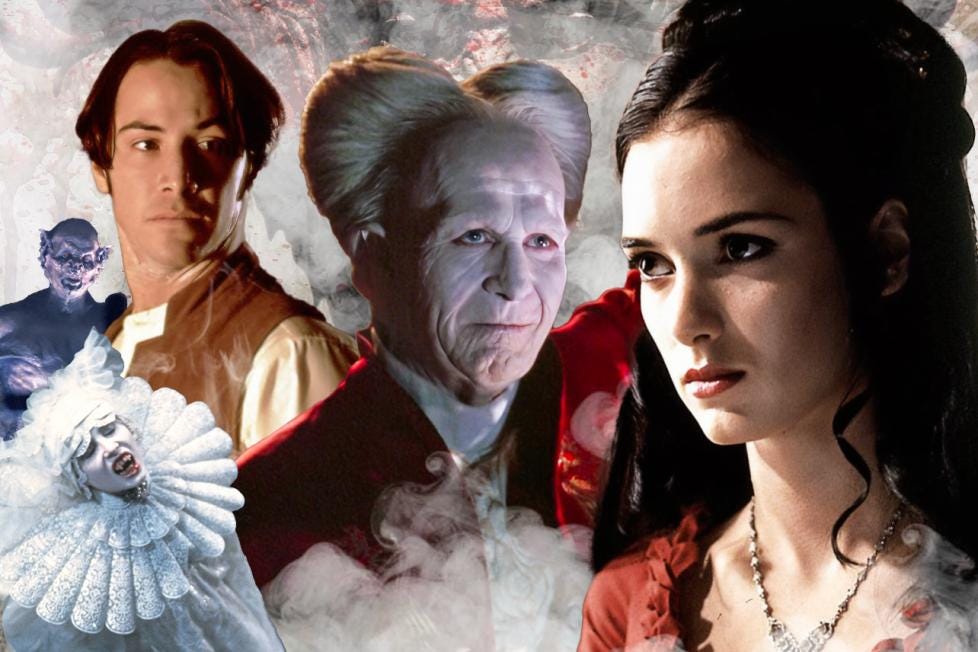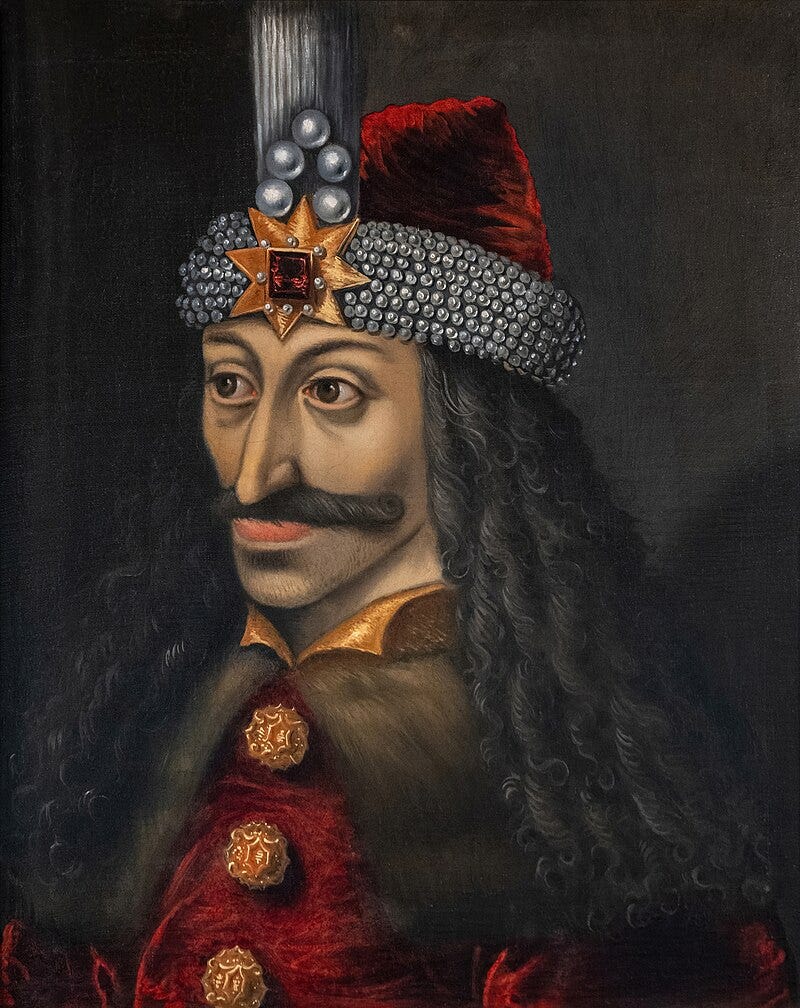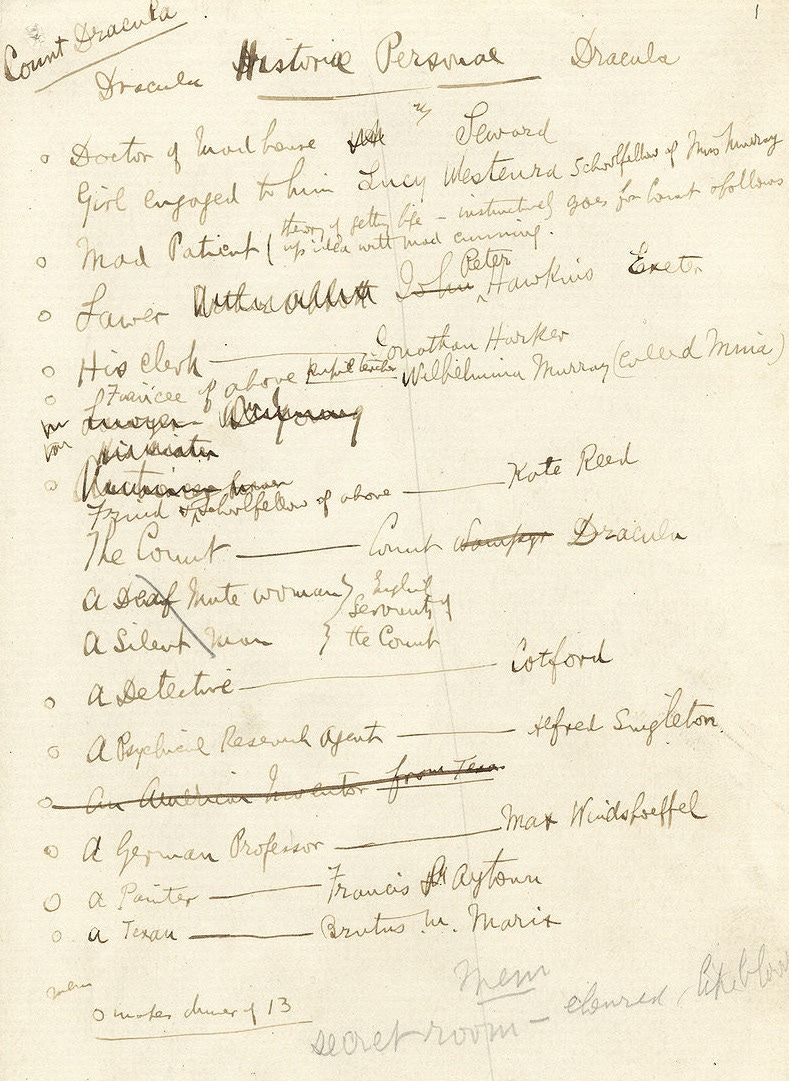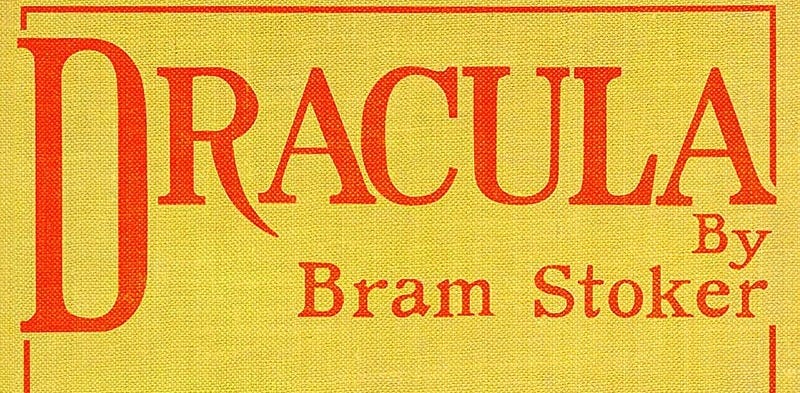The Immortal Legacy of the Vampire King
On World Dracula Day
Today, May 26th, we celebrate World Dracula Day, a tribute to Bram Stoker’s 1897 novel Dracula — a work that birthed an icon and reshaped the cultural imagination.
But why does this Gothic masterpiece still grip us, over a century later?
Let’s sink our teeth into the enduring allure of the Count, exploring his literary roots, cultural impact, and what he reveals about the human condition.
When Dracula was published, it wasn’t an instant bestseller.
Stoker, an Irish theatre manager, drew from folklore, history, and the anxieties of his Victorian era to craft a tale of a Transylvanian nobleman who defies death.
The vampire myth wasn’t new — tales of blood-drinking creatures stretch back to ancient Mesopotamia — but Stoker gave it a face: Count Dracula, inspired by Vlad the Impaler, a 15th-century Wallachian prince whose brutal reputation fueled the novel’s dark charisma.
Stoker never visited Romania. His vivid descriptions came from travelogues and imagination.
A Mirror to Our Fears
Dracula is more than a monster — he’s a reflection of our deepest anxieties.
In the 1890s, he embodied Victorian fears: foreign invaders, unchecked sexuality, and the decay of empire. His hypnotic power over women, like Mina and Lucy, scandalized readers but also fascinated them.
Today, Dracula mirrors modern dread — disease, mortality, the seductive pull of the forbidden.
Each era reinvents him, from Bela Lugosi’s aristocratic menace in 1931 to the brooding antiheroes of Twilight or True Blood.
He’s a shapeshifter, adapting to our collective psyche.
The Vampire’s Cultural Bite
Dracula didn’t just spawn a genre. He sank his fangs into every corner of culture. The novel inspired over 200 films, from Nosferatu (1922), which nearly bankrupted its studio, to Francis Ford Coppola’s lush 1992 adaptation. He’s in comics, video games, toys, and even breakfast cereal.
Vampires became a lens for exploring identity — think Anne Rice’s Interview with the Vampire, which gave us tortured, existential bloodsuckers. Dracula’s influence is global: Japan’s anime vampires, like Vampire Hunter D, owe him a debt, as do countless novels and TV shows.
The novel itself is a marvel of storytelling.
Written as letters, diaries, and newspaper clippings, it feels like a puzzle you piece together — an early example of ‘found footage’ horror. Stoker’s Dracula isn’t the romantic heartthrob of later adaptations.
He’s a predator, ancient and alien, his charm laced with dread.
Yet, he’s not invincible.
Van Helsing, the vampire hunter, blends science and superstition to combat him, reflecting humanity’s eternal quest to conquer the unknown.
On World Dracula Day, we honor not just a character but a cultural force.
Dracula forces us to confront the shadows within — our fear of death, our fascination with power, our struggle with morality. He’s a reminder that stories, like vampires, can live forever, evolving with each retelling.
Reflect on what scares you, seduces you, or makes you feel alive.
After all, as the Count himself might say:
“The blood is the life.”
Happy World Dracula Day! 🦇
What’s your favorite Dracula adaptation, or what makes vampires so captivating to you?







The story of Vlad the Impaler is a messy one, and in his time he killed from Saxon villagers to turks - the biggest impaling was 22,000 Ottoman soldiers, but also women and children over a 500 square mile area to serve as a warning for the Ottomans. I wonder where he got all the wood from?
But one cannot mention Dracula without mentioning Whitby, a seaside Yorkshire town. Having been there a number of times, it is definitely worth a visit.
Famous for the Synod that decided the date of easter, and where James Cook sailed from to settle Australia for the English.
But then there is Whitby and Dracula.
https://www.english-heritage.org.uk/visit/places/whitby-abbey/history-and-stories/dracula/
There is always a song:
https://www.youtube.com/watch?v=5i_0PkOqLKA&pp=0gcJCdgAo7VqN5tD